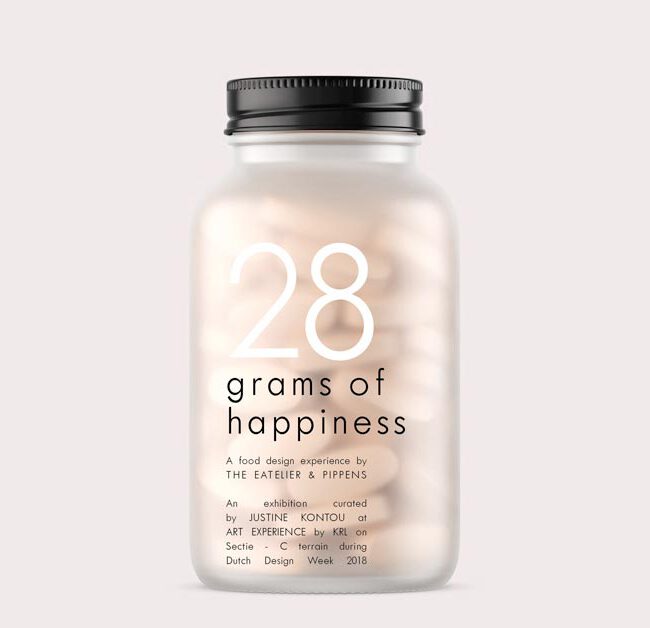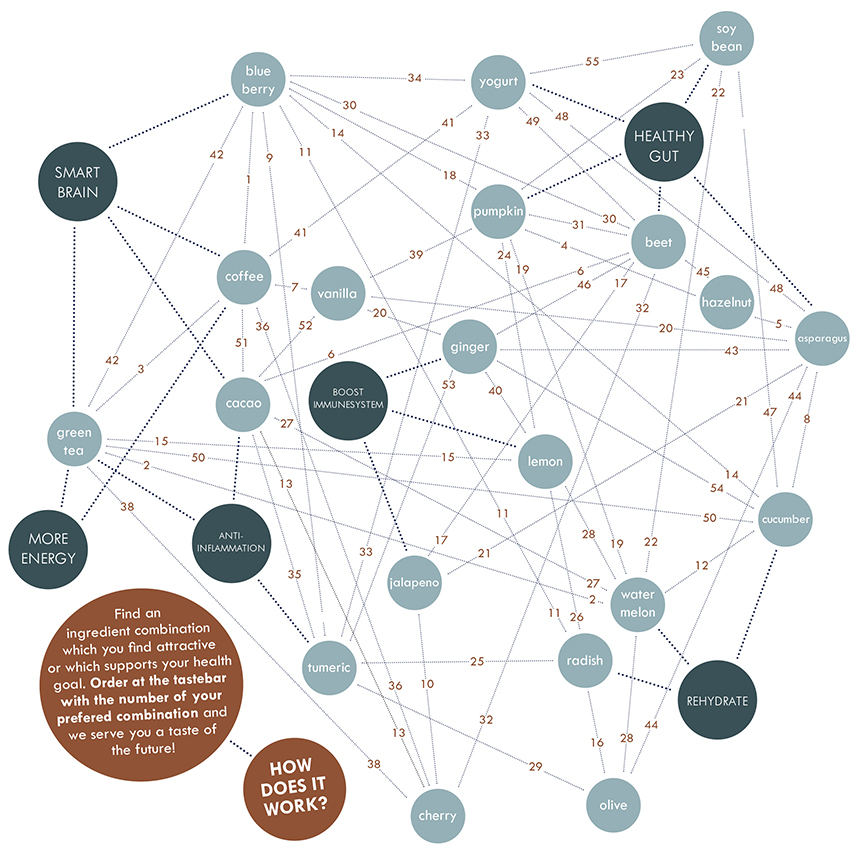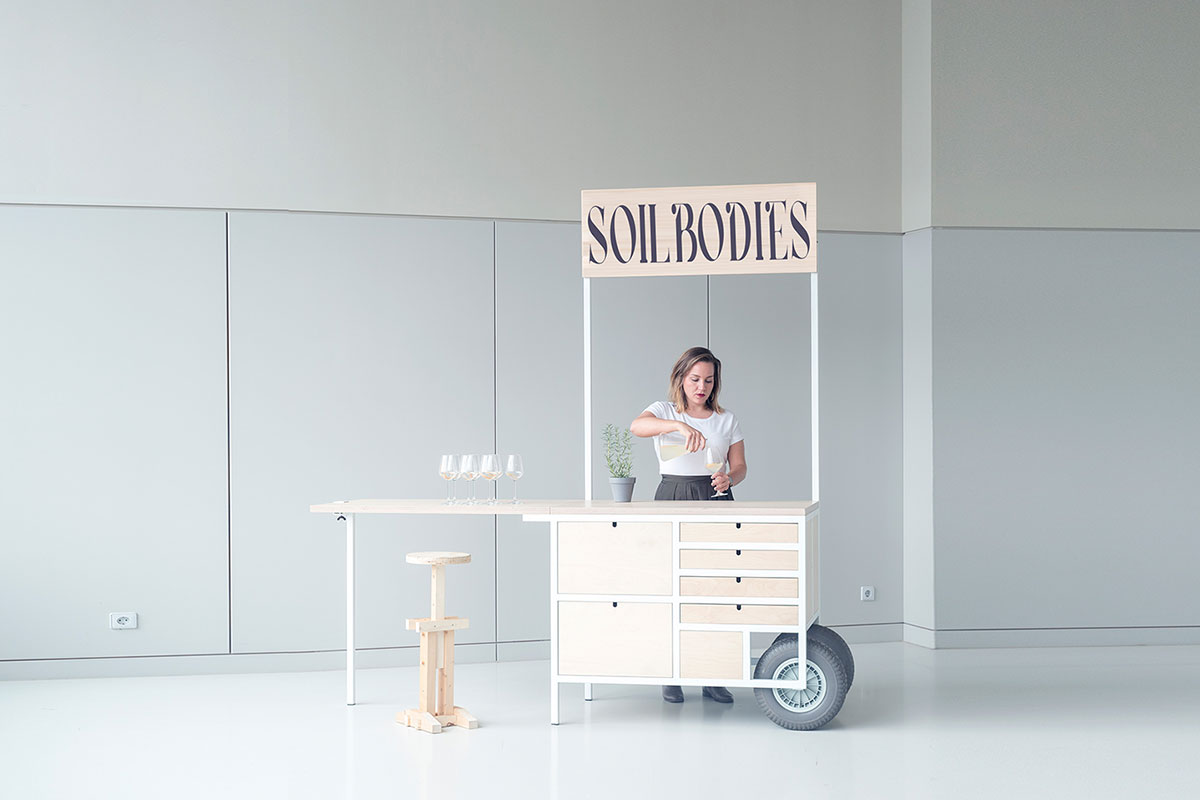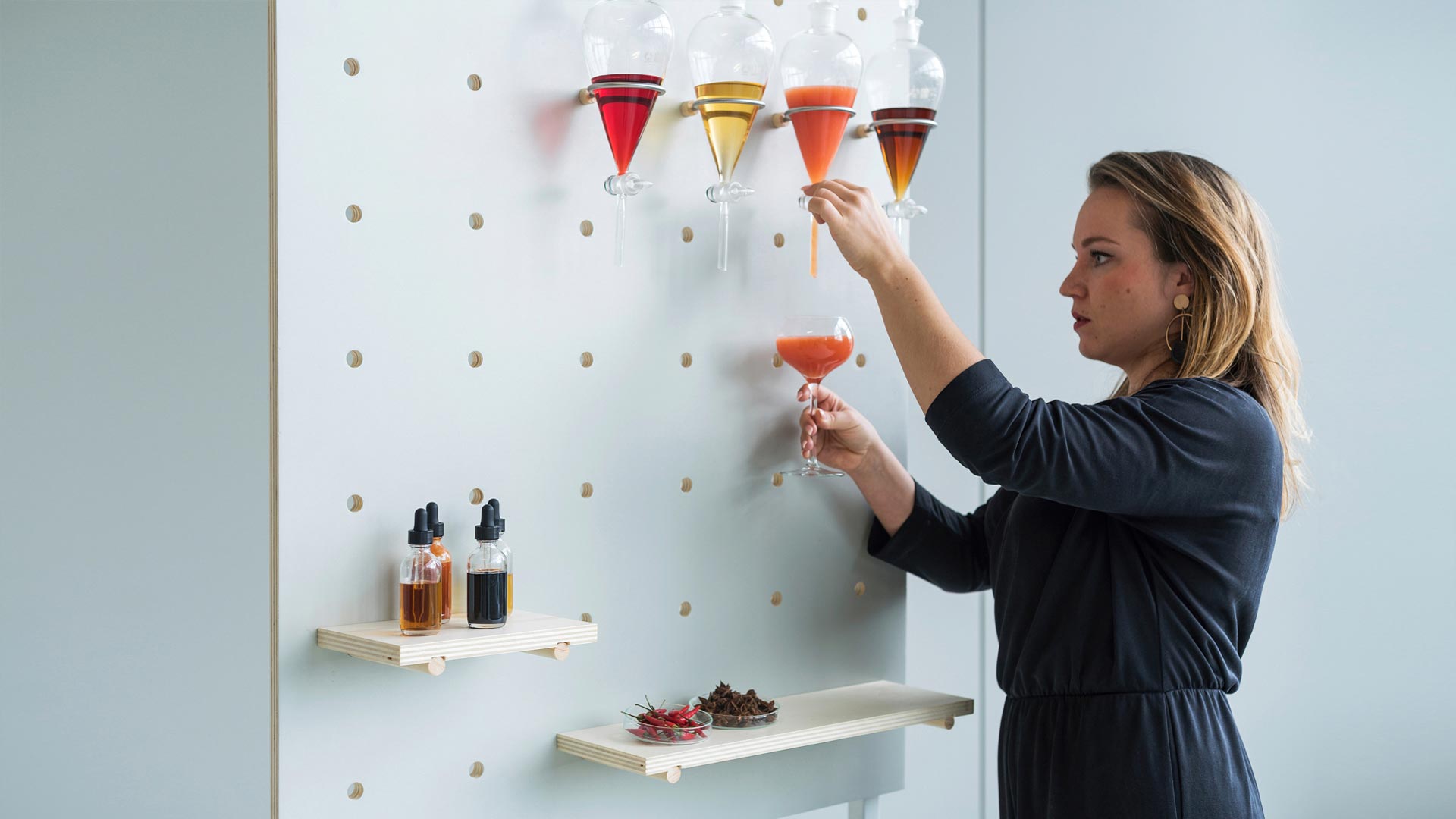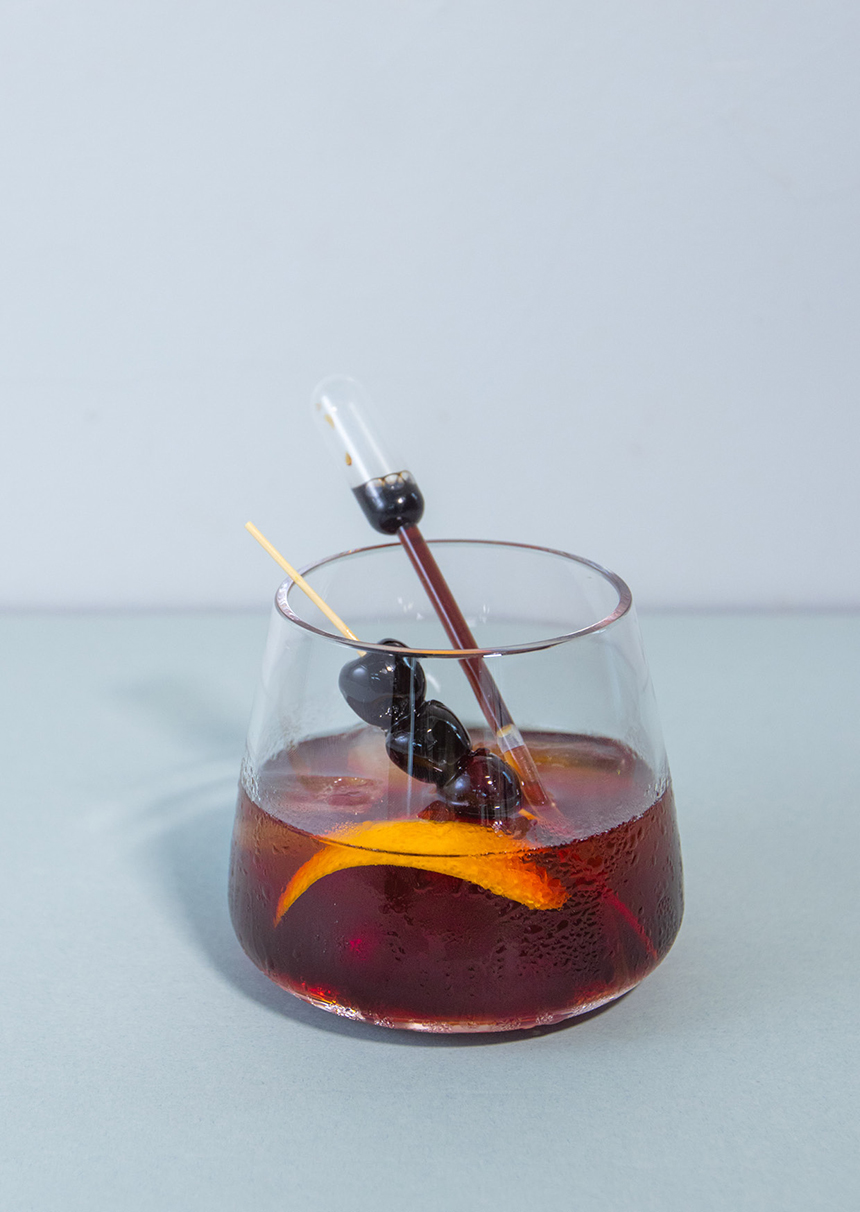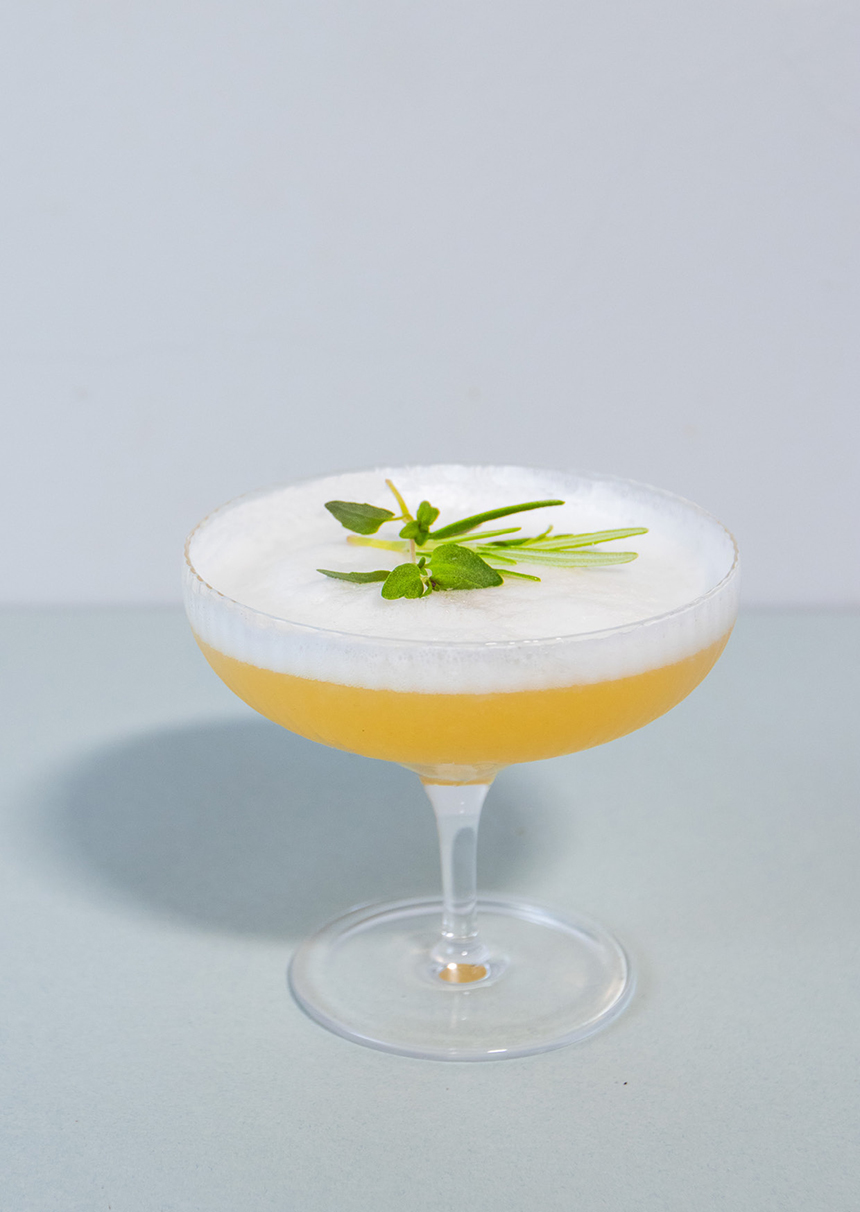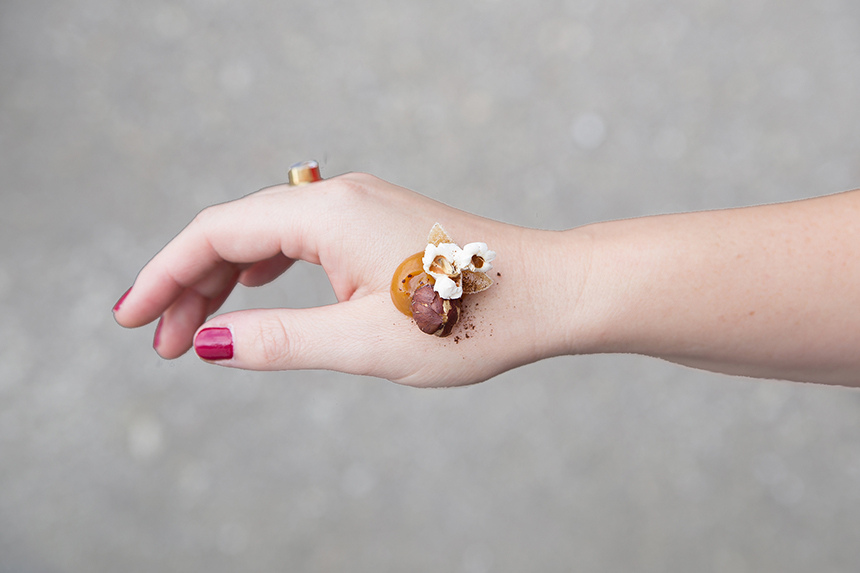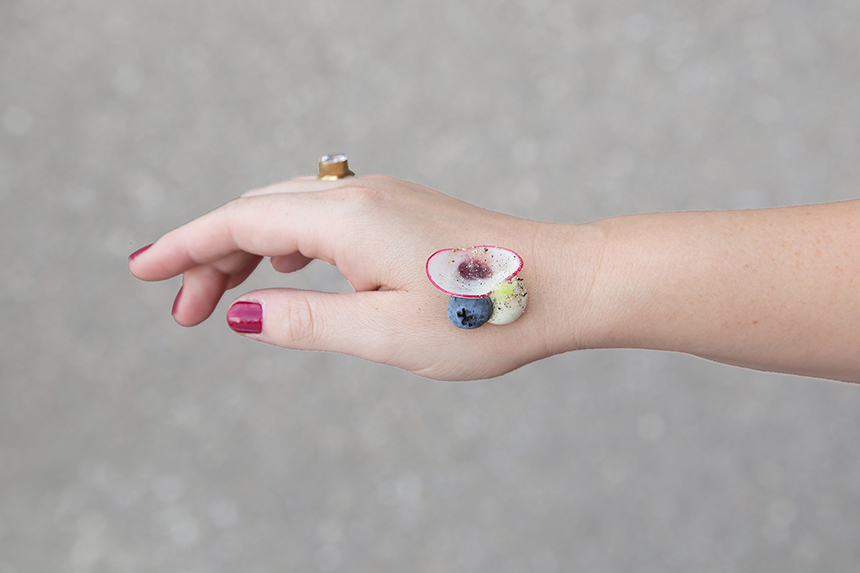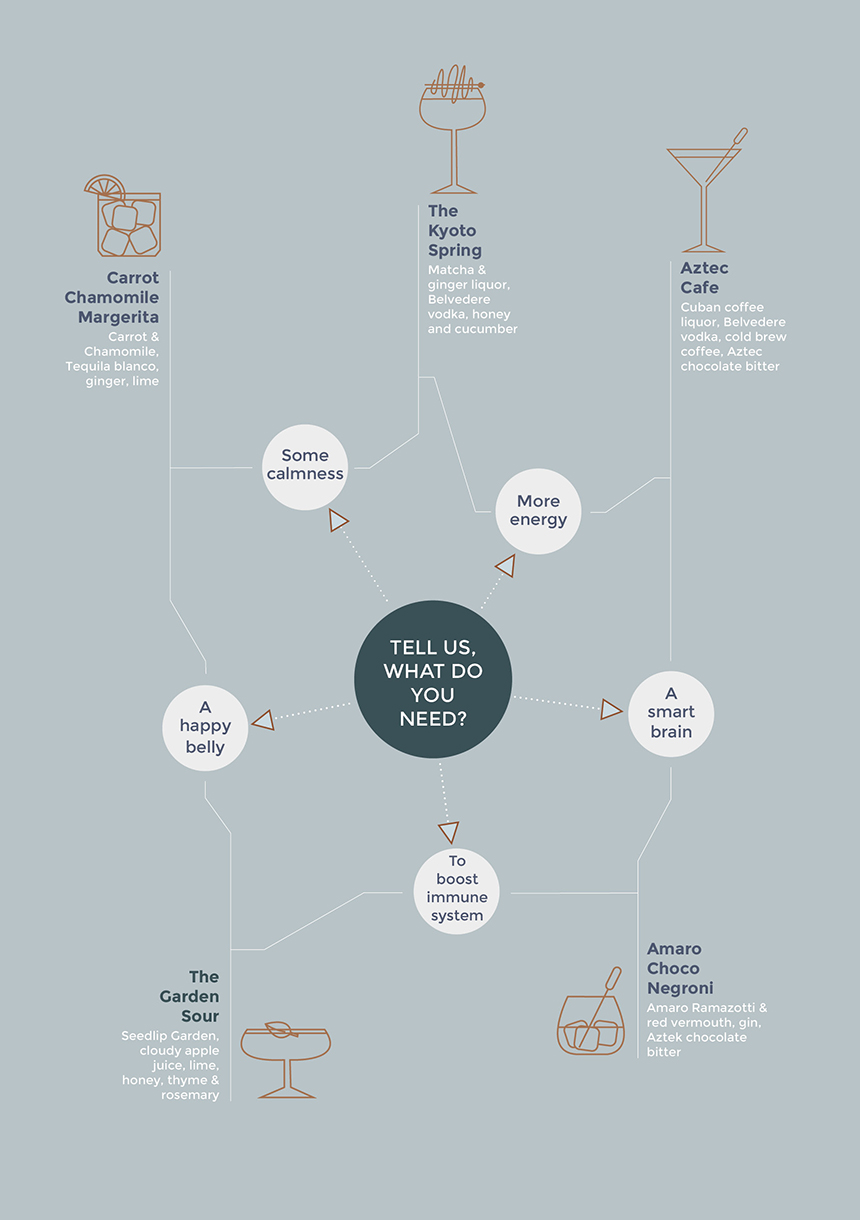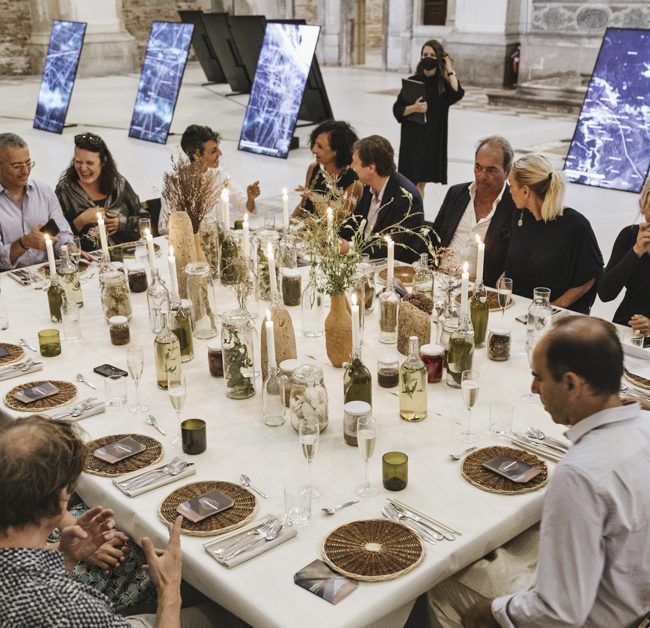Chef Versus Watson: Research
In 2011 IBM launched its famous supercomputer Watson, an innovative, cognitive computing system. In other words, a system with access to huge amounts of data and that learns from relevant experiences. Watson can use its prodigious talents to manage care of cancer patients, understand the financial markets, help law enforcement solve cold cases or providing the prefect music recommendations. Now, Watson is even helping seasoned chefs become more creative in the kitchen.
The collaboration would work like this; Watson would create a list of ingredients with rare ingredient combinations. The selected foods often seemed random at first glance, but would be anything but; rather, through a sweeping analysis of data pulled from academic articles, foodpairing algorithms, cookbooks and other sources, Watson would find combinations of ingredients which, it predicted, would taste good when combined, but that did not commonly appear together in recipes. The role of the chef would be adding the culinary skills to create a dish out of this list of ingredients, by deciding on which cooking techniques and amounts of the specific ingredients to use in this process.
Additionally, The Eatelier developed a research on what the impact of artificial intelligence like IBM’s Watson will be on the culinary world in relationship to personalized healthcare. We combined food-pairing technology and new scientific discoveries on the effect of certain ingredients on physical or mental health and developed an analogue algorithm, which connects the underlying links between ingredients, creating tasty & health-supporting combinations.
Furthermore, we predict that the upcoming advances in nano-cuisine, biochemistry and personalized health will mean that each dish, no matter how it is created, will be customized, personalized for one’s health and flavor preference. In this future, food has literally become medicine, designed with nutrients, ingredients and cooking techniques that support one’s health goals and nutritional needs.
To be able to reach the public and let them experiment with these new theories, The Eatelier developed the Tastebar, the Remedy Bar and Remedy Box where guests can find their own preferred combination and have a taste of the future.



